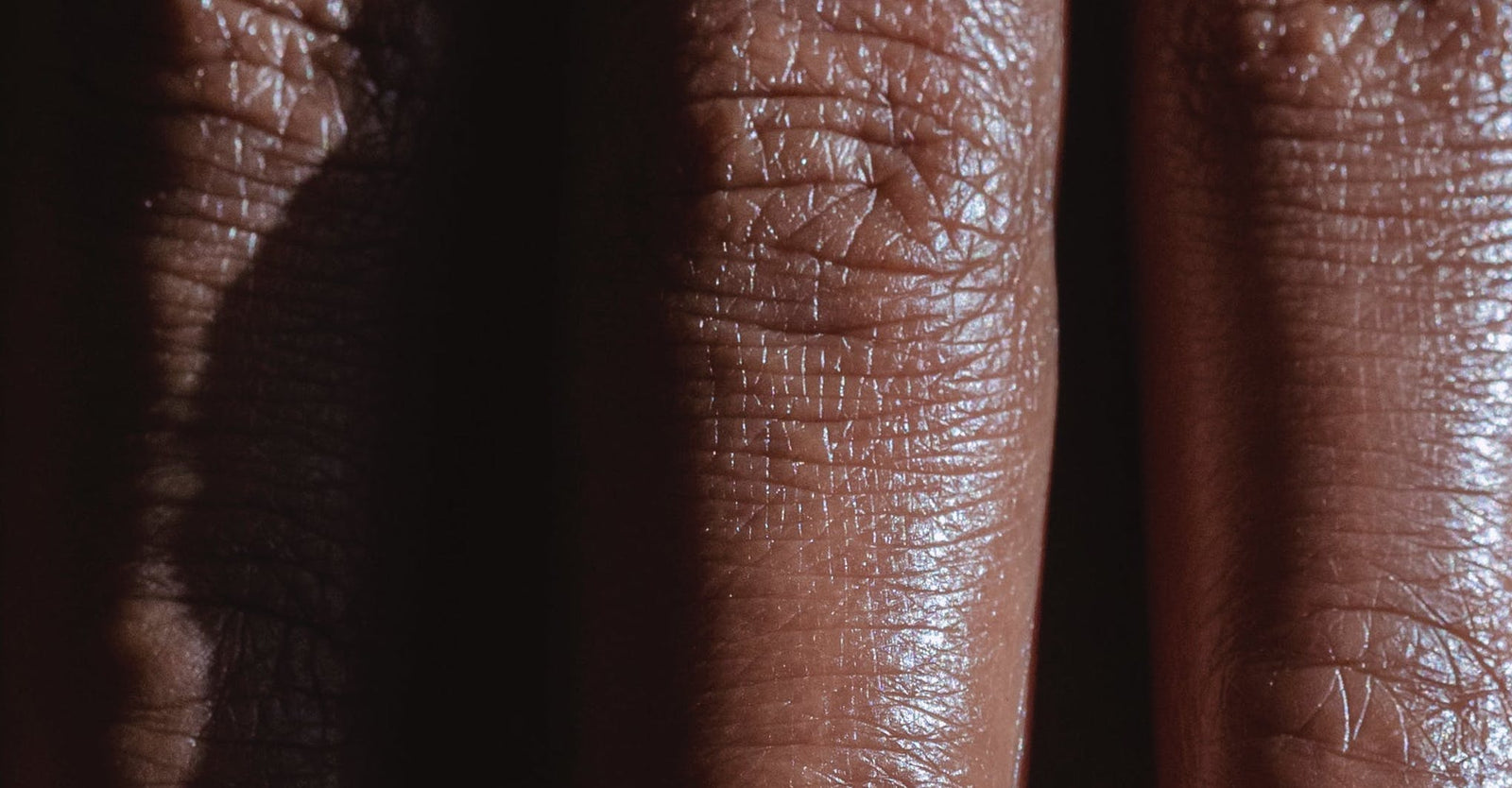AUTOPHAGY FAILURE AND THE SKIN
Autophagy, a fundamental cellular process, plays a crucial role in maintaining the health and functionality of various tissues, including the skin. When autophagy fails, a cascade of events unfolds, affecting key players in skin physiology, namely keratinocytes and fibroblasts [1]. In this article, we will explore how the breakdown in autophagy mechanisms impacts these cells and, consequently, the overall health and appearance of the skin.
UNDERSTANDING AUTOPHAGY
Autophagy, derived from the Greek words "auto" (self) and "phagy" (eat), is a cellular recycling system. It involves the degradation and removal of damaged or unnecessary cellular components to maintain cellular homeostasis. In the context of skin health, the proper functioning of autophagy is vital for the turnover of keratinocytes and the synthesis of extracellular matrix components by fibroblasts.
KERATINOCYTES: GUARDIANS OF THE SKIN BARRIER
Keratinocytes are the predominant cell type in the epidermis, the outermost layer of the skin. These cells are responsible for forming the skin barrier, which protects against external threats such as pathogens, UV radiation, and environmental pollutants. Autophagy failure in keratinocytes can compromise their ability to renew and repair, leading to a weakened skin barrier [2].
When autophagy is impaired, the accumulation of damaged organelles and proteins within keratinocytes becomes inevitable. This buildup hampers the normal turnover of cells, resulting in a delayed renewal process. As a consequence, the skin barrier weakens, making it more susceptible to infections, inflammation, and dehydration. Additionally, compromised autophagy in keratinocytes has been linked to various skin disorders, including psoriasis and atopic dermatitis [3].
FIBROBLASTS: ARCHITECTS OF THE SKIN'S STRUCTURE
Fibroblasts, found in the dermis, the skin's second layer, are responsible for synthesizing the extracellular matrix (ECM) components, including collagen and elastin [4]. The ECM provides structural support, elasticity, and hydration to the skin. Autophagy failure in fibroblasts disrupts the delicate balance between synthesis and degradation of ECM, leading to profound consequences for skin structure and function [5].
In the absence of proper autophagy, fibroblasts struggle to eliminate damaged organelles and maintain efficient protein turnover [6]. This results in the accumulation of dysfunctional cellular components and an imbalance in ECM composition. The diminished synthesis of collagen and elastin, coupled with the impaired removal of damaged proteins, contributes to the loss of skin elasticity and the formation of wrinkles.
AGING AND AUTOPHAGY: A COMPLEX RELATIONSHIP
The aging process is intricately linked to autophagy, and this relationship becomes particularly evident in the context of skin health. As individuals age, autophagy efficiency naturally declines, exacerbating the impact on keratinocytes and fibroblasts.
In aged skin, impaired autophagy in keratinocytes contributes to a slower turnover rate, leading to a thinning epidermis and increased susceptibility to injury. Simultaneously, fibroblasts experience decreased autophagic activity, resulting in the accumulation of cellular debris and a decline in collagen production. This dual assault accelerates the aging of the skin, manifested by sagging, wrinkles, and a loss of overall vitality.
CONCLUSION
In conclusion, the consequences of autophagy failure on keratinocytes and fibroblasts are profound, impacting the skin at both the cellular and structural levels. The compromised ability of keratinocytes to renew and repair weakens the skin barrier, while dysfunctional fibroblasts contribute to the loss of elasticity and the formation of wrinkles. Understanding these cellular dynamics sheds light on potential avenues for therapeutic interventions aimed at enhancing autophagy and preserving skin health, offering hope for healthier and more resilient skin as we age.
Sources:
[1] Jeong D, Qomaladewi NP, Lee J, Park SH, Cho JY (2020) The Role of Autophagy in Skin Fibroblasts, Keratinocytes, Melanocytes, and Epidermal Stem Cells.Journal of Investigative Dermatology 140, 1691–1697.
[2] Qiang L, Yang S, Cui Y-H, He Y-Y (2021) Keratinocyte autophagy enables the activation of keratinocytes and fibroblasts and facilitates wound healing.Autophagy 17, 2128–2143.
[3] Wang Z, Zhou H, Zheng H, Zhou X, Shen G, Teng X, Liu X, Zhang J, Wei X, Hu Z, Zeng F, Hu Y, Hu J, Wang X, Chen S, Cheng J, Zhang C, Gui Y, Zou S, Hao Y, Zhao Q, Wu W, Zhou Y, Cui K, Huang N, Wei Y, Li W, Li J (2021) Autophagy-based unconventional secretion of HMGB1 by keratinocytes plays a pivotal role in psoriatic skin inflammation.Autophagy 17, 529–552.
[4] Park S-Y, Byun EJ, Lee JD, Kim S, Kim HS (2018) Air Pollution, Autophagy, and Skin Aging: Impact of Particulate Matter (PM10) on Human Dermal Fibroblasts.International Journal of Molecular Sciences 19, 2727.
[5] Tashiro K, Shishido M, Fujimoto K, Hirota Y, Yo K, Gomi T, Tanaka Y (2014) Age-related disruption of autophagy in dermal fibroblasts modulates extracellular matrix components.Biochem Biophys Res Commun 443, 167–172.
[6] Zhou L, Liu Z, Chen S, Qiu J, Li Q, Wang S, Zhou W, Chen D, Yang G, Guo L (2021) Transcription factor EB‑mediated autophagy promotes dermal fibroblast differentiation and collagen production by regulating endoplasmic reticulum stress and autophagy‑dependent secretion.International Journal of Molecular Medicine 47, 547–560.
